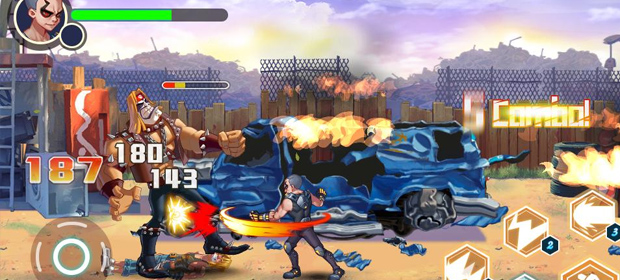

Color a white wine red, and even professional tasters will become confused. (Conversely, have you ever noticed that very cold ice cream has little flavor?) And there is a reason that many desserts-doughnuts, cakes, cookies, pies, lollipops-tend to be round, while angular shapes are associated with sour, salty and bitter.

And then there’s temperature: The hotter the coffee, the more flavors come to the fore, including sweet, bitter and umami. In red-hued coffee shops, coffee tastes sweeter, but when served in a coffee shop with a green interior, it tastes more bitter and sour. Low-pitch tones are associated with bitterness, while loud noises enhance umami. Even more interesting are the other factors that influence taste. The real business of taste starts in the retronasal passageway, where aroma molecules rise upward during chewing, and the brain tells us these flavors are coming from the mouth. For starters, each taste bud holds up to 100 taste receptor cells.

Buy on Amazonīy now, most of us are aware that taste is about much more than sweet, sour, salty, bitter and umami, but Mandy Naglich proposes that there is indeed a great deal more to learn about how humans experience flavor. Of the four Morello-Terranova brothers, only Ciro died in bed the other three were murdered by rivals. Dash reminds us that this way of life was violent, not romantic. Other agromafia operations profited from citrus fruits, olive oil and artichokes, and some say that certain aspects of this price-fixing remain alive and well today. When poultry dealer Barnet Baff started selling his stock below the fixed prices, he was shot through the head. In 1914, the family made $100,000 just from fixing Manhattan chicken prices-and undercutting the cartel did not end well. The cartel imposed transportation dues of, say, $50 per railroad car. In “ The First Family,” author Mike Dash follows the Morello-Terranova family, one of New York’s first Mafia families, who were heavily involved in fixing dairy, meat and produce prices. The Corleone family in “The Godfather” started out in the olive oil business, and though many would argue that the movie’s depiction of the Mafia was too rosy, its focus on the business of food was right on the money.


 0 kommentar(er)
0 kommentar(er)
